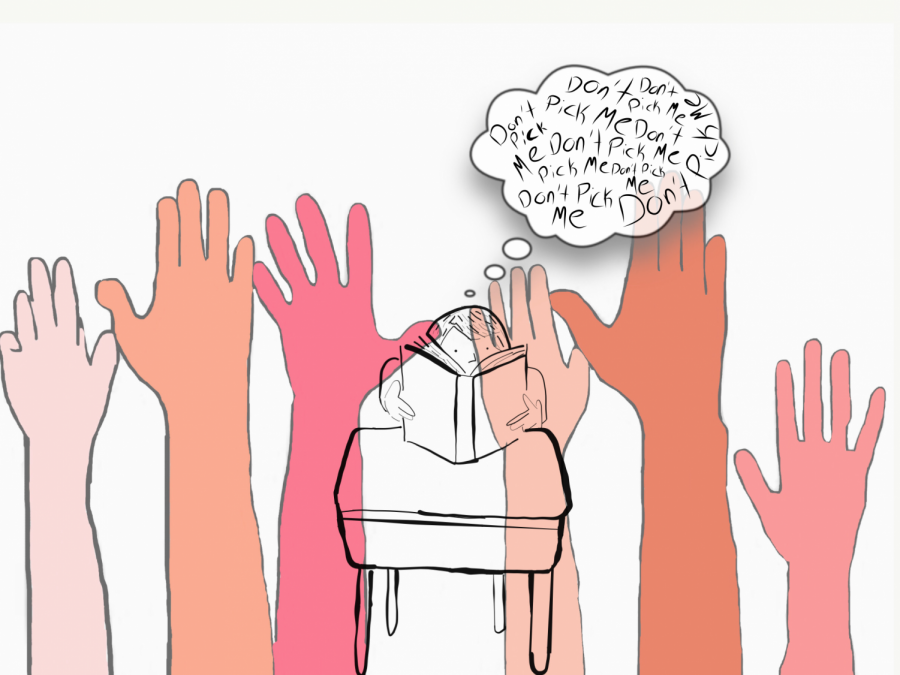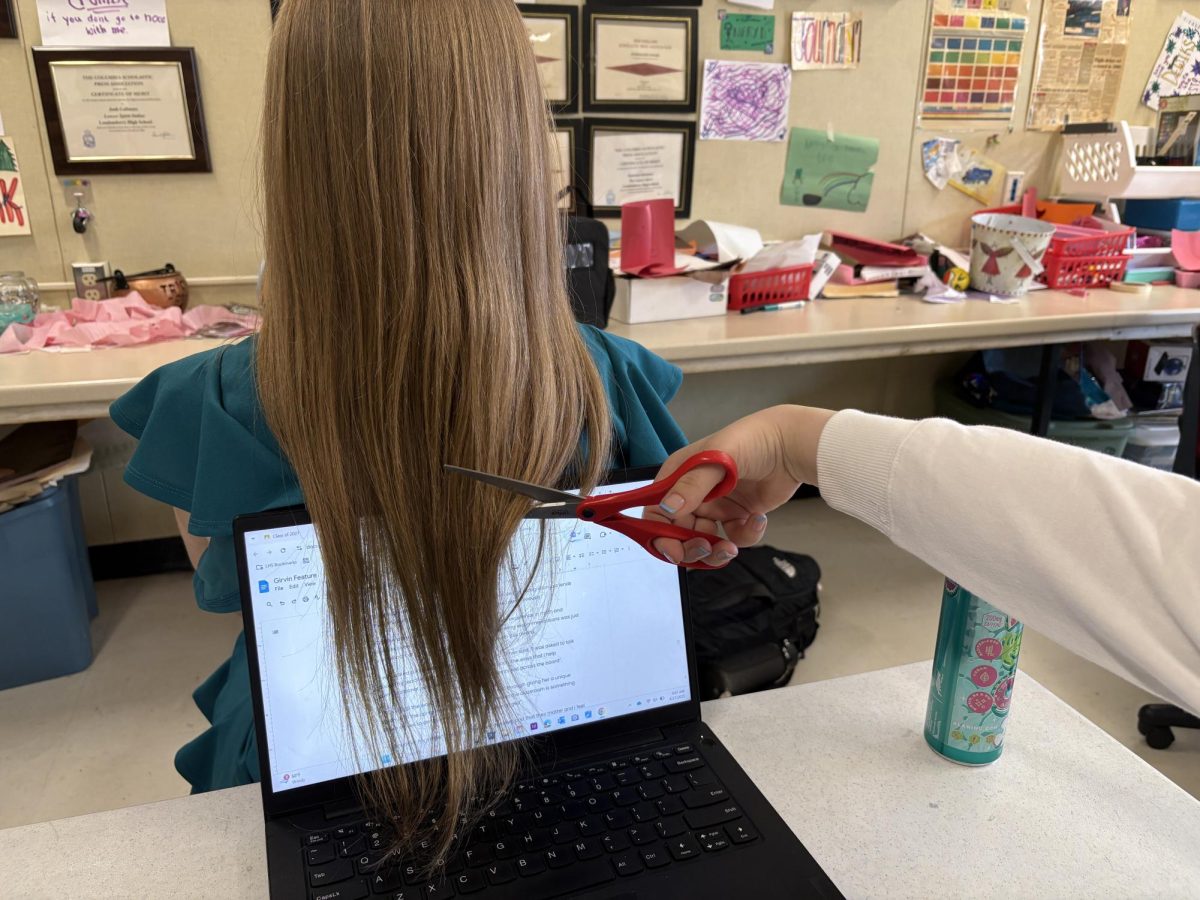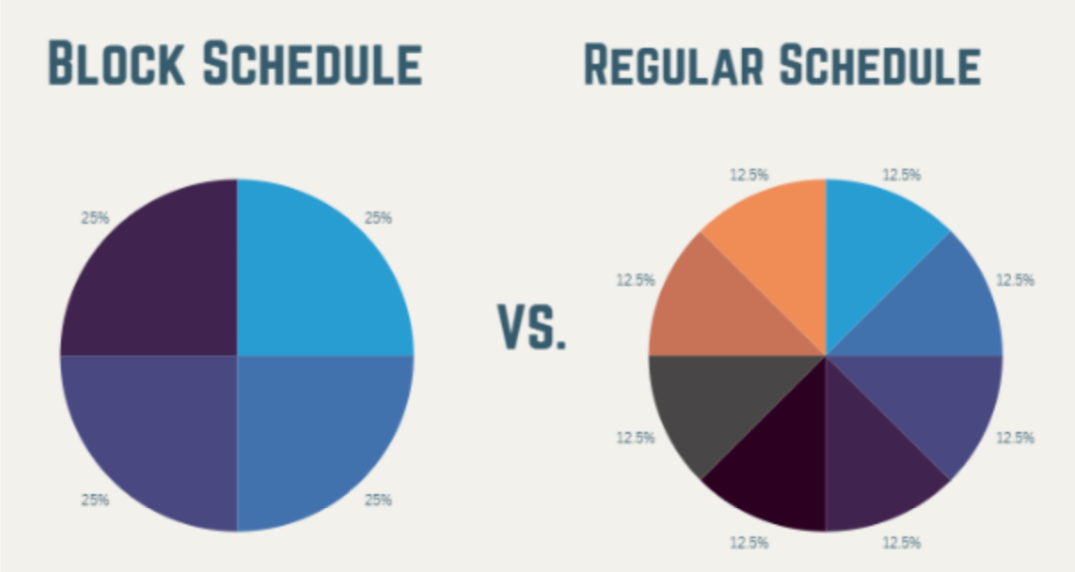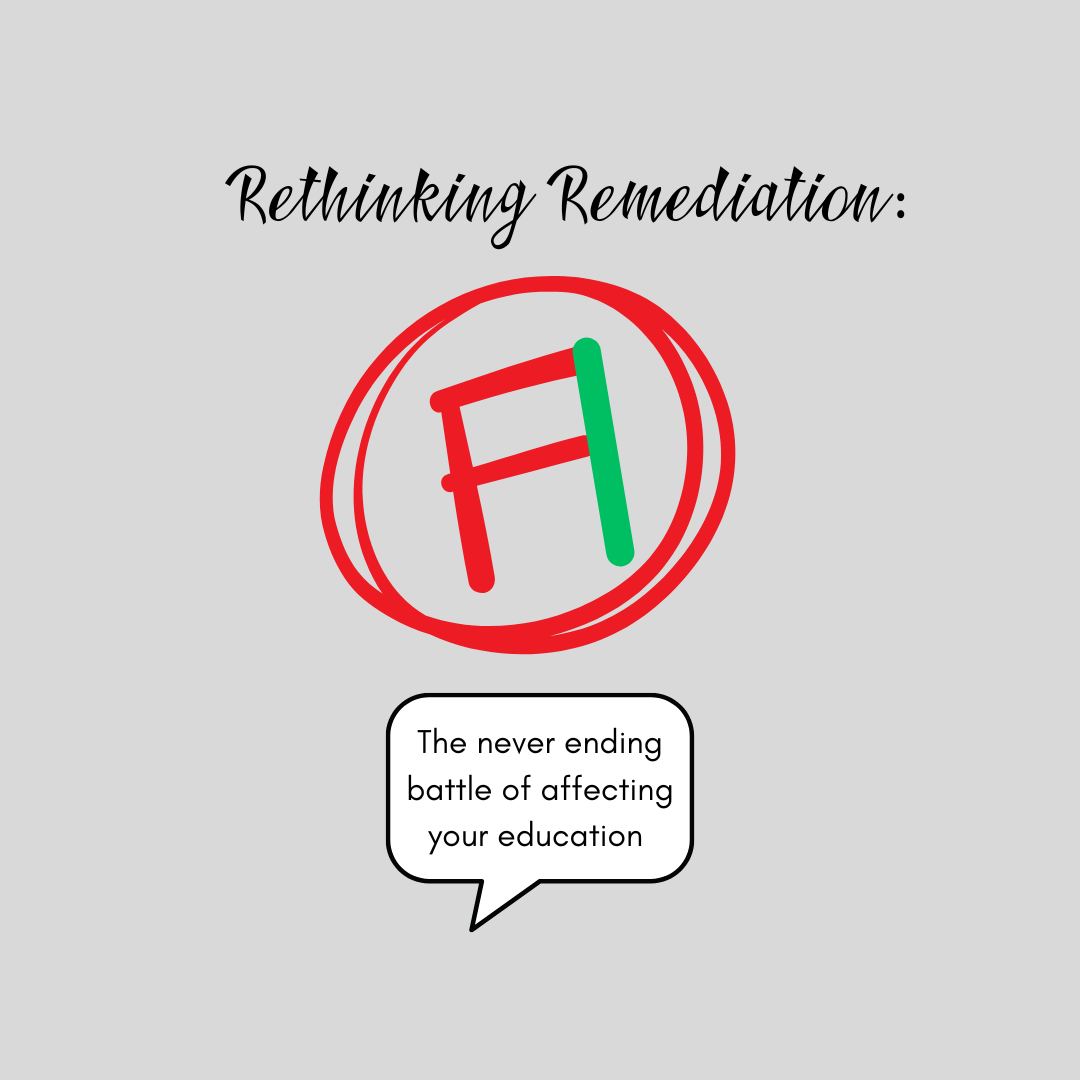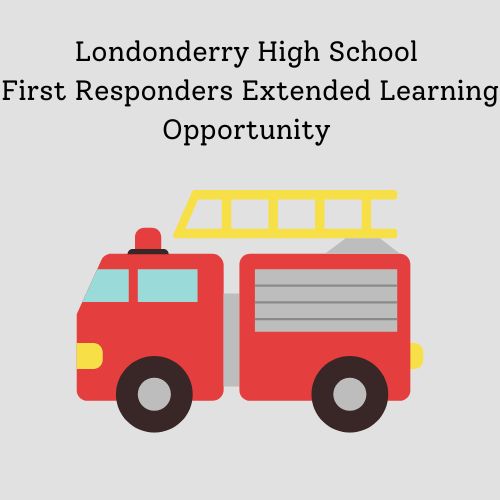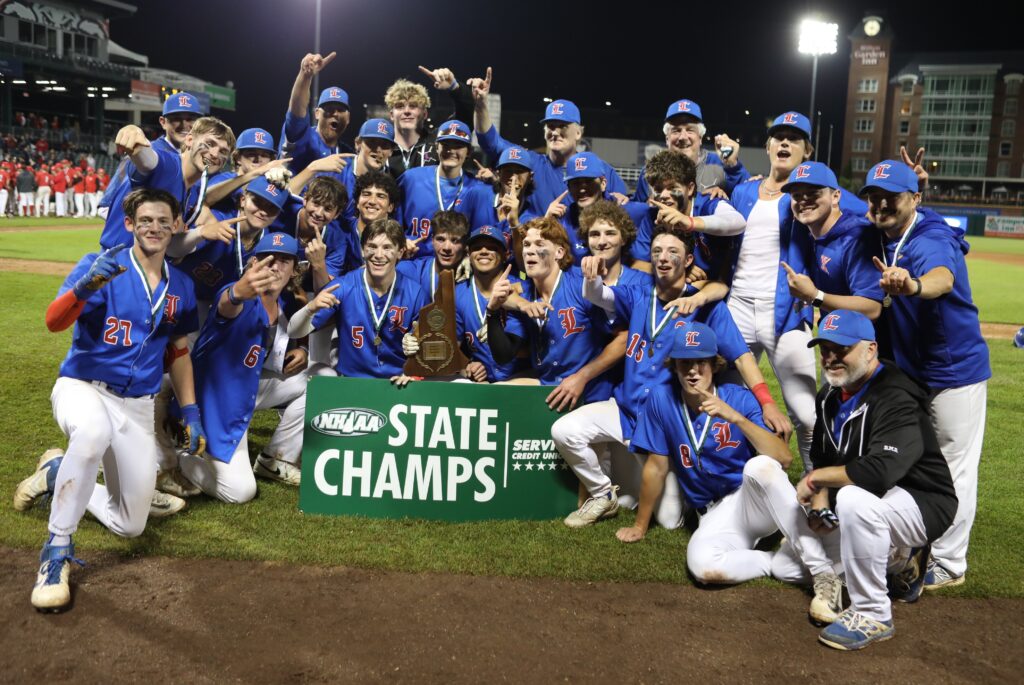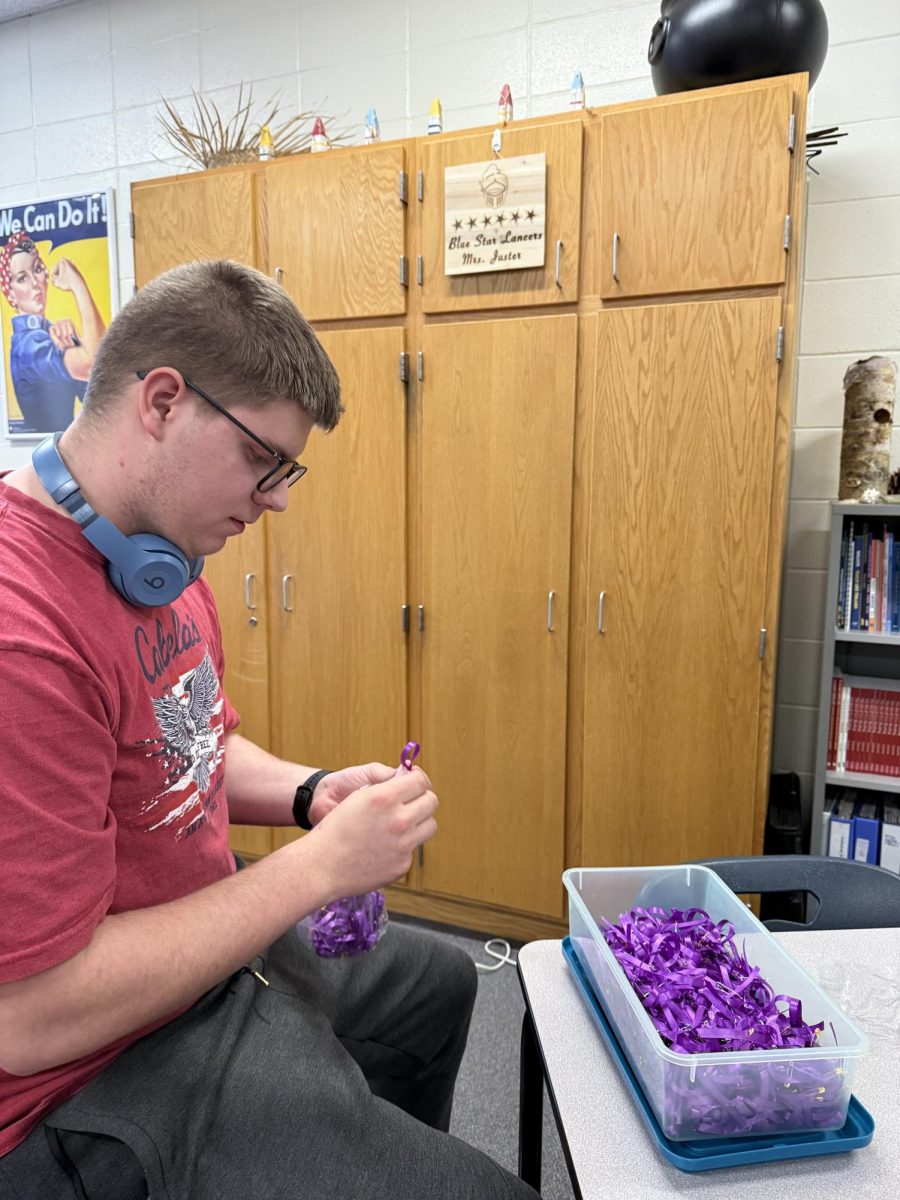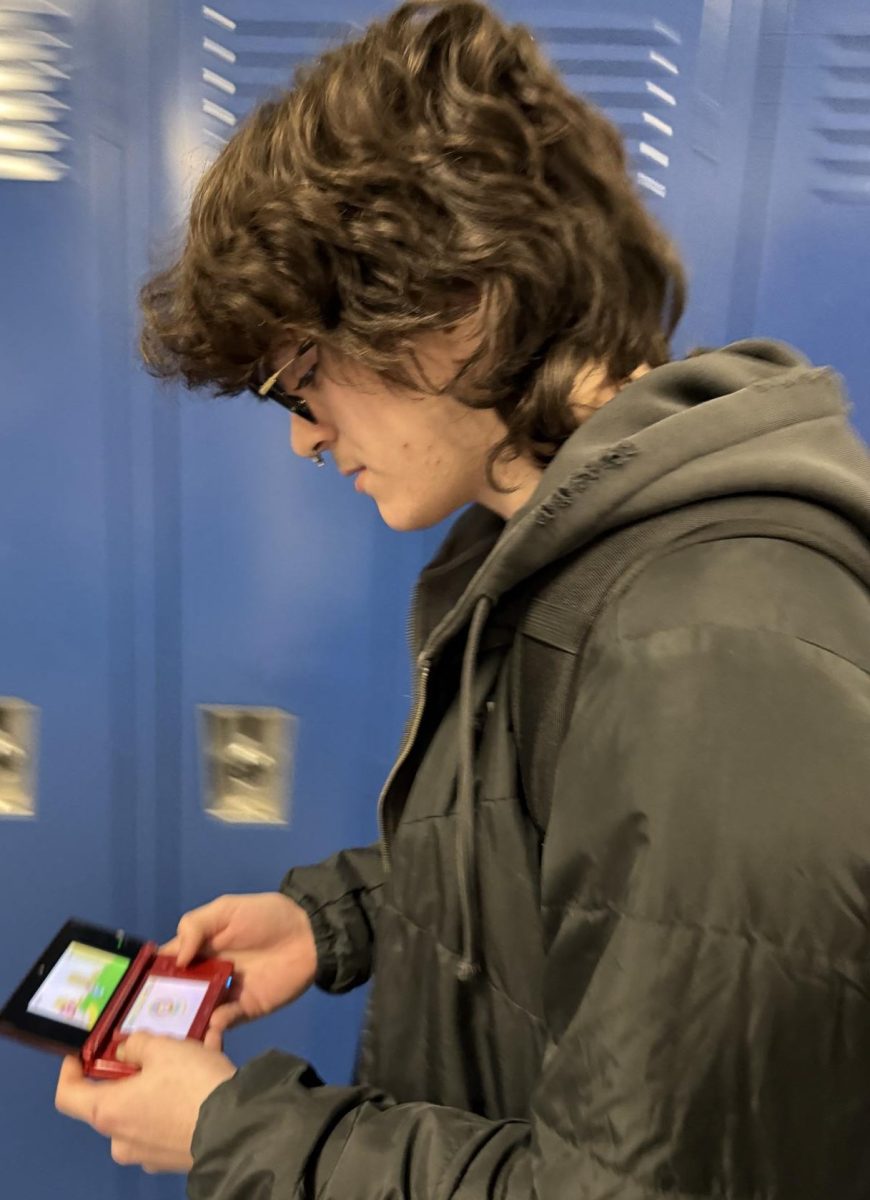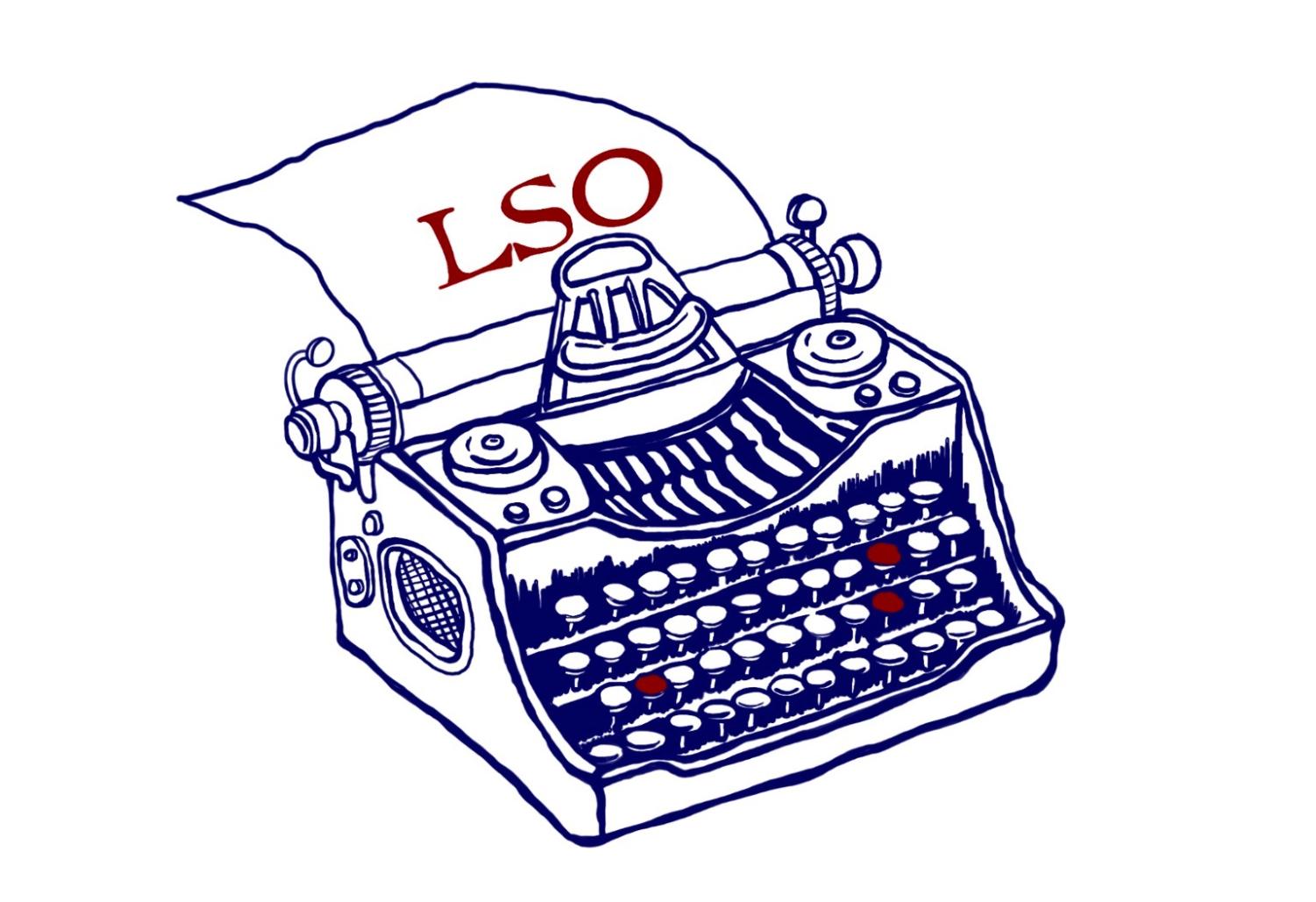You’re sitting in class and the teacher presents a question. Do you get excited for the chance to talk in class? Or do you sit, eyes low, waiting for this stressful moment to pass? Depending on the teacher, this could determine whether you get an A or B—or even an F—for that day’s class participation grade.
In a classroom where teachers are supposed to be catering to everyone’s different learning styles, or “differentiating instruction,” this is just not right.
Designating a separate grade for participation in class leaves out students who might have social anxiety, a mental health issue, a speech impediment, or students who may just be reluctant to talk. After all, these kids might have something to offer to the discussion too, but are uncomfortable with that particular environment.
Should intelligence be measured by the amount of times a student raises their hand even if it is just to get a good participation grade? Where is the quality of education if unintelligent comments are deemed “A” worthy?
Grading participation favors the outgoing, talkative kids. Being shy does not mean a student is not ingesting the material—on the contrary, they are just taking it all in. Is it right for students to be penalized because they do not feel comfortable speaking in the class setting that the teacher creates?
Making participation a grade decreases the quality of the discussion. Students, especially talkative ones, will say anything just to get the grade they want. These discussions are so forced on the students in these situations that by the time someone who has anxiety feels comfortable enough to contribute to the conversation, the discussion has already changed topics. In this setting, the amount of students talking over one another is overwhelming to not just the quiet kids, but everyone, giving no kid the time or space to talk. This causes the exact students that teachers are trying to encourage to talk to just want to sink down into their seat until class is over.
Especially in high school, students who put their ideas out there are more susceptible to bullying or general insults that are all up to a teenager’s creation. The insults that can flow out of the mouths of kids are unlimited. This means the students have to endure more anxiety than just trying to figure out the answer to the question.
By raising your hand, a student opens themselves up to criticism from people who don’t agree or by simple high school bullies. Imagine gaining the confidence to speak in class, and immediately everyone rejects your opinion. You might never want to speak in class again.
Teachers should be able to create an environment where even the shy students feel comfortable sharing their ideas, not just create a hostile environment and leave the kids with anxiety out to suffer.
When you’re sitting in a class and the teacher decides to randomly call on students because they either believe kids aren’t participating enough or they don’t think the kids are listening, they are creating a hostile environment. The anxiety in the room skyrockets in those moments of fear amongst all the students. By doing this, not only do teachers create a stress-inducing environment, but they also make it so students don’t respect the way they teach.
I understand it must be frustrating for teachers when it seems like students aren’t paying attention, but they could address their concerns one-on-one with a student rather than trying to publicly shame the student into participating. This assures that the kids who are reluctant to speak will never voluntarily speak in your class again.
There are many different learning styles; listening is one of them. Participation isn’t the only way to show that a student is learning. Teachers need to be able to find ways to accept every student’s way of learning.
So how should teachers do this?
Start by talking to the students, get to know them individually. I’ve had teachers who start the year out with a questionnaire, which is a comfortable way to let the teacher know about my issues with speaking in class and my anxiety. I also get the privacy of not having the whole class know about my anxiety.
Before presentations, teachers have come to me asking what day I would like to present because they know me well enough to predict that them asking me will ease my stress. Teachers should occasionally, but not overwhelmingly, check in on students to see how things are going with what they are learning.
I know that being an active learner is important and all kids should be able to give presentations and share their ideas in a class setting, but teachers can expect their students to be able to present while also respecting a student’s anxiety over presenting. The teacher is supposed to help students learn life skills, there are going to be blips along the way. Public speaking is a skill that everyone needs to learn, so teach in an environment that it is comfortable to learn in. Making participation a larger part of a student’s grade will not encourage any shy kid to participate more. I would rather take a failing grade than be forced to speak in front of a class where I do not feel safe.
Teachers, if you want to encourage participation in the class, there are alternative ways rather than just plain-out talking. Allow students to write down and collect their thoughts before you begin a class discussion. This gives students time to come up with an intelligent response and does not put them on the spot, which causes a lot of anxiety for most students.
Make your grades based on quality, not on quantity. The amount of times a student raises their hand does not equal the amount of intelligence that student contains. Try using a discussion board where all ideas can still be shared, just without the public speaking.
Connect with your students. Make them feel comfortable in your classroom. Notice their feelings when the chance of being called on arises; that is your responsibility as a teacher.
Learning happens when students want to learn. You can tell the difference between the shy kids who are listening during your lesson, and the kids dozing off at their desk. Whether or not a student participates does not equal their intelligence. Know your students and their learning habits, let them take in the information the way they want to, not by force.
If my hand is raised it means I am comfortable and ready to respond. If my hand is down, respect my decision to listen and not answer.



